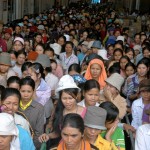Wild capture commercial fishing and natural fisheries
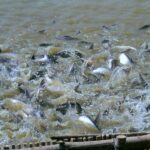
The fishes on Tonle Sap Lake, Cambodia. Photo by llee Wu, taken on 10 September 2010. Licensed under CC BY-ND 2.0The 2006 Fisheries Law classifies fishing activity into three broad categories: family or subsistence, small-scale and commercial.Commercial fishing is allowed only in the open season ...
Oil transport
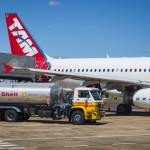
Despite having both onshore and offshore oil discoveries in the country, Cambodia does not produce oil and has been importing petroleum products from Vietnam, Thailand and Singapore. The Cambodia Trucking Association (CAMTA) says it controls around 70% of the Kingdom’s transportation. ...
Ministry of Foreign Affairs and International Cooperation
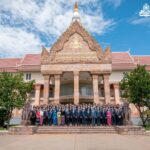
Ministry of Foreign Affairs and International Cooperation. Photo taken from the ministry’s Facebook Page, taken on 23 August 2023.EstablishmentUnder Royal Decree No. NS/RKM/0196/10, the Ministry of Foreign Affairs and International Cooperation (MFAIC) was formally established on 24 January 1996. The ministry has a total of ...
Business structures and legal registration
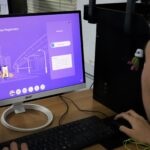
Since the 1990s, the Cambodian economy has recorded a substantial expansion led by the tourism, manufacturing and construction sectors. One of the highest economic growth rates in the world allowed Cambodia to become a lower-middle-income country in 2015 55The country has a strategic position in ...
Parliament

Upon the reinstatement of the second monarchy in 1993, Cambodian citizens are the master of their destiny and sources of all power. With the introduction of the liberal democracy in the Kingdom, all Cambodians at their 18 years or over, except where it is prescribed ...
Ministry of Women's Affairs
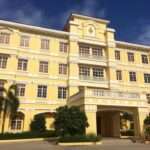
Ministry of Women’s Affairs. Photo taken from the Ministry’s Facebook Page, taken on 17 September 2016.EstablishmentUnder Royal Decree No. NS/RKM/0197/22, the Ministry of Women’s Affairs was formally established on 24 January 1996. The Ministry became the Ministry of Women and Veteran’s Affairs under the Royal ...
Legal aid policy and regulation

Public policies are a system of laws, regulatory measures, and plans of action implemented by the government to ensure that its functions are performed predictably and consistently.129 Policies typically outline the guiding principles of an operation; meanwhile, regulations set procedural expectations. Currently, there are no ...
Off-shore oil and gas exploration and extraction
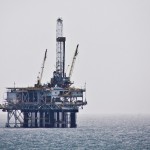
For the purposes of oil and gas exploration, six Offshore Blocks (A–F) have been set out. Significant finds of oil have been made in Block A, but no oil has yet been extracted. ...
Law making process
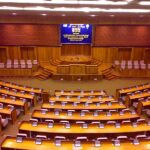
The law-making process is about making and enacting new laws or revising existing laws.In the Kingdom of Cambodia, three institutions can initiate the law-making process: any member of the National Assembly, any member of the Senate and the prime minister. 147 Most of the texts ...
Ethnic minorities and indigenous people
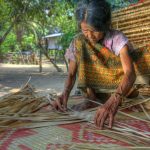
According to the Kingdom of Cambodia’s 2019 general population census, the total Cambodian population is 15,552,211 (51.31% of females).167 By 2021, the population increased to 16,589,023.168 Vietnamese, Chinese, Chams and other minorities also live in the country. Indigenous ethnic groups known as “Khmer Loeu” live ...
Plants
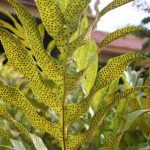
Although there are often new discoveries,203 a global lack of up to date data on botanical research makes plants biodiversity hard to assess in Cambodia. Compared to neighboring countries, the number of plant species is low, mostly due to the relative country’s flat landscape.204 Botanical knowledge ...
Ground water
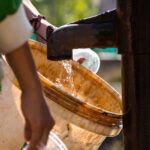
Cambodia relies heavily on its groundwater resources to overcome water shortages during the dry season. More than half of the population depends on it when enough surface water is not available. At a certain depth, the ground is saturated with water, and the upper surface ...
SDG 7 Affordable and clean energy
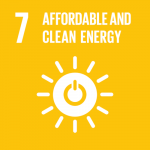
SDG 7 focuses on affordable, reliable and sustainable access to modern energy services. This includes ensuring universal access to energy services (SDG 7.1), increasing the proportion of renewable energy sources used to supply these services (SDG 7.2) and doubling the rate of energy efficiency improvements ...
Environmental impact assessments
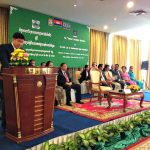
The primary legal requirements for environmental impact assessments (EIAs) in Cambodia are set out in Content II, Book V of the Environment and Natural Resource Code309, Chapter III of the Law on Environmental Protection and Natural Resource Management 1996310(EPNRM Law), and the Sub-Decree no. 72 ...
Investment policy and regulations
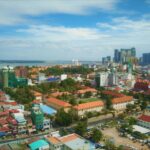
Cambodia’s economy has experienced an impressive performance, reflected in its rapid economic growth and significant poverty reduction. Part of this is the result of the relative openness of Cambodia towards foreign investors. Domestic investment has also been growing, although at a lower rate than other ...
Land classifications
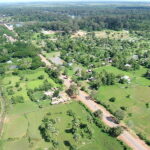
Land in Cambodia is divided into three classifications: private property, state private property and state public property. The distinction between state private property and state public property is essential to determining how state land is to be used. ...
Patient rights
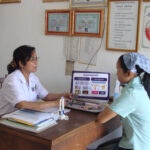
Access to quality healthcare is fundamental to enhancing citizens’ livelihoods and advancing towards more sustainable growth and development in countries all over the world. Along with increasing public demand for better health infrastructure and adequate access to healthcare services, many countries face the need to ...


